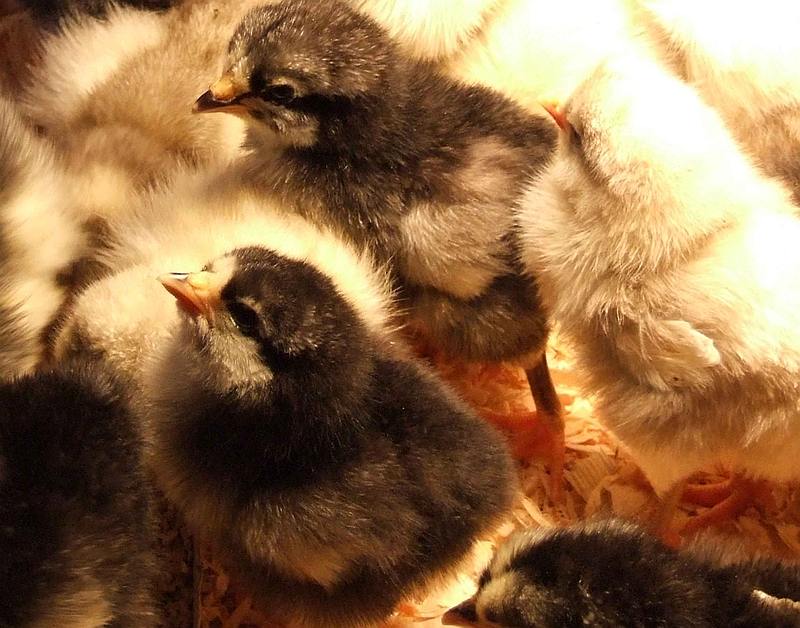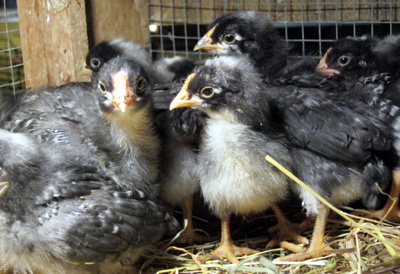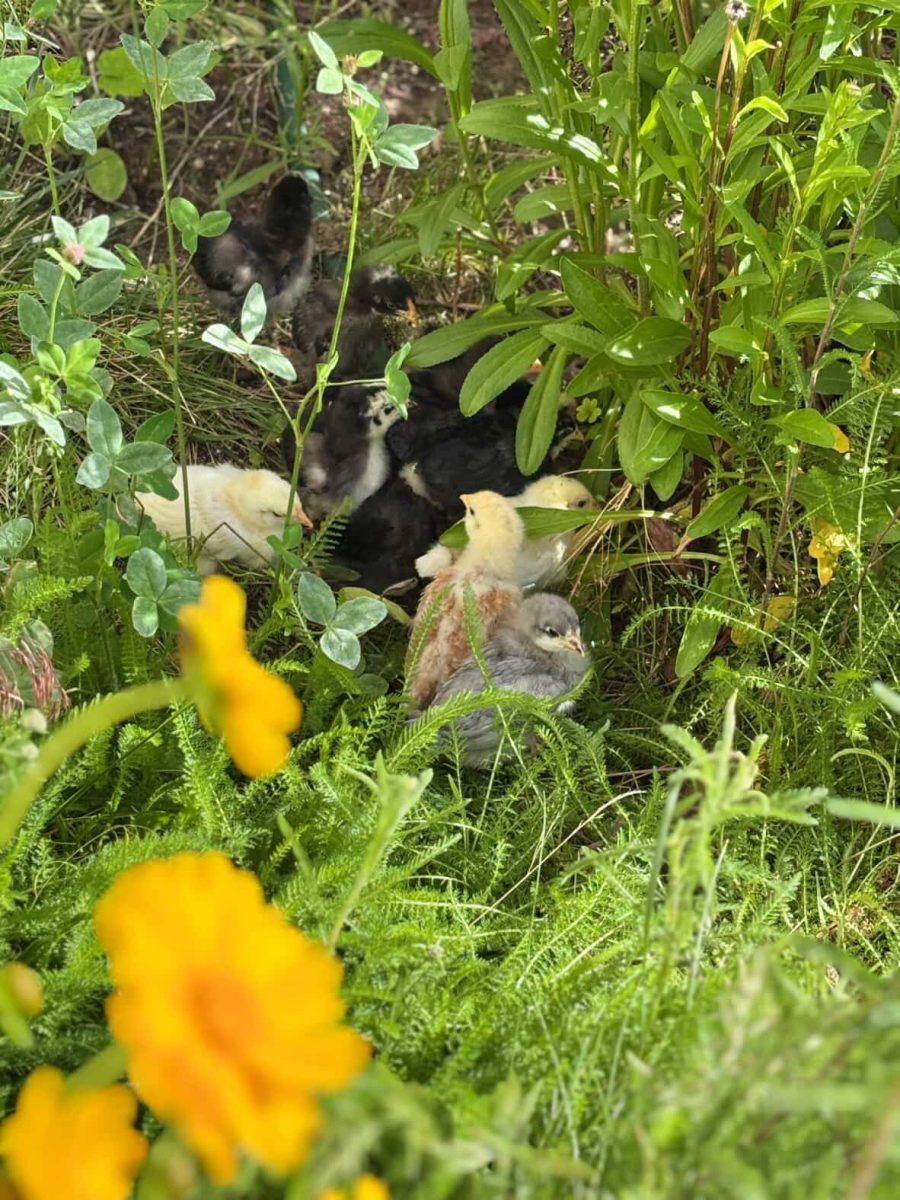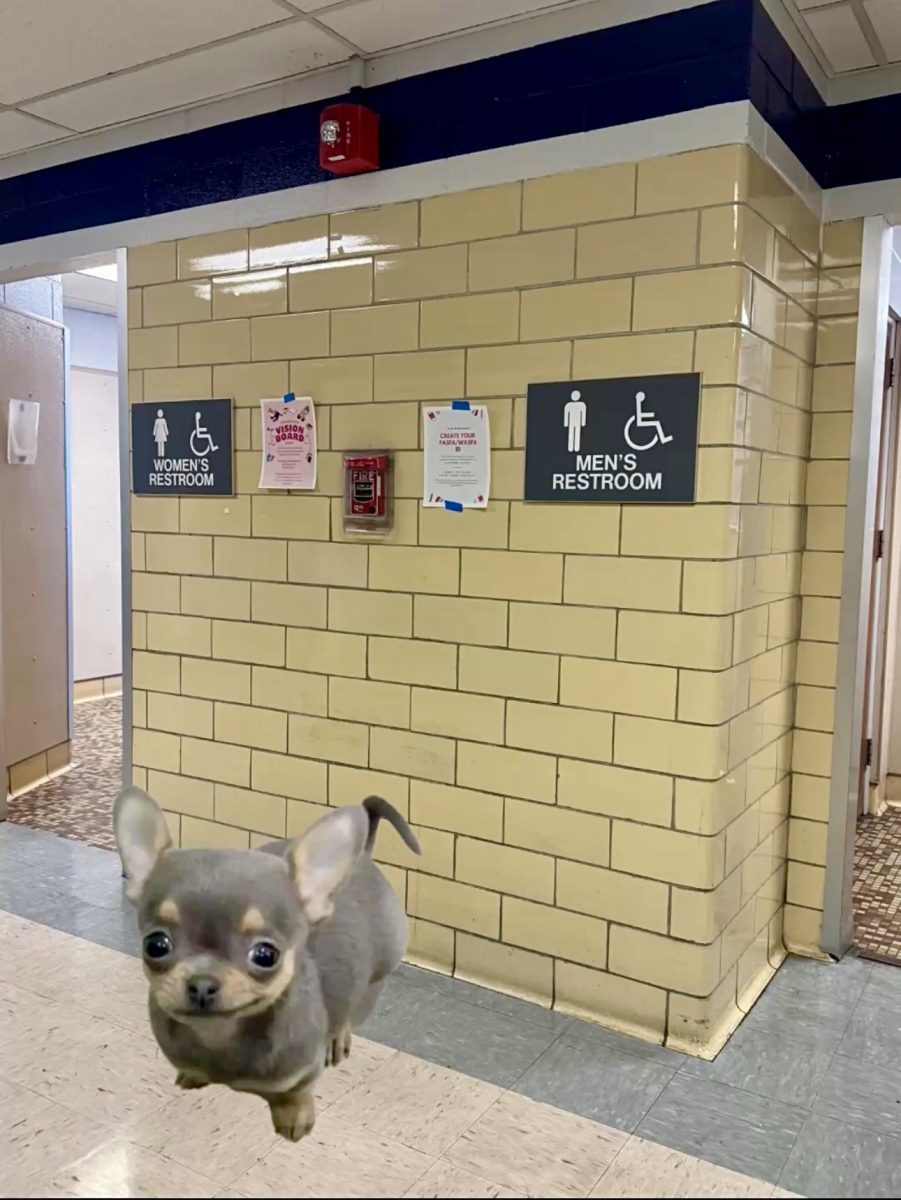Ms. Dunn began raising chickens at Pasco High School (PHS) over three years ago, starting with a flock of Dominique and Java chickens. But what are Dominique and Java chickens? As Ms. Dunn explained, “Dominiques and Javas are America’s oldest breeds. They were the first and second types of chickens developed in the United States by early pioneers. They are the foundation for many popular chicken breeds, such as the Plymouth Rock, Rhode Island Red, and Jersey Giant. Unfortunately, both Javas and Dominiques have become less popular and are now considered endangered species.”
While Dominique and Java chickens have played a small role in our country’s history, what inspired Ms. Dunn to raise these breeds? A few years ago, she shifted her focus to a U.S. history project aimed at breeding these chickens to help preserve American heritage breeds. In her first year raising the chickens, Ms. Dunn started with just 30 chickens, managing everything on her own. By the second year, she was joined by several other teachers in the egg-hatching project, with Ms. Hunter playing a significant role. Together, they hatched around 70 eggs at the school during that year.
In the third year, Ms. Dunn wanted to expand the project further and introduced ducks, geese, and more chickens. Ms. Ard hatched about 16 ducklings, Ms. Hunter hatched a gosling and some chicks, and Mrs. Shellito joined in to hatch about 30 chicks as well. Ms. Dunn also had around 30 chicks. Altogether, the teachers estimated that nearly 100 eggs were hatched across Pasco High.

This year, they hatched a total of 8 ducklings, 10 goose eggs, and about 100 chicken eggs. So, what does it take to raise all these adorable little birds? I asked one of the participants in the egg-hatching project, Mrs. Hunter. After spring break, Ms. Dunn brought in a new batch of chicken eggs, which I placed in the incubator. The incubator simulates a mother hen by keeping the eggs warm and gently rotating them several times a day. This rotation is vital for proper embryo development, as it helps prevent the embryo from sticking to the shell and improves gas exchange. I also monitor the humidity levels by adding water to the incubator. Embryos can lose moisture during development, so maintaining the right humidity is crucial to prevent dehydration. Higher humidity, especially during the final days of incubation, softens the eggshell membrane, making it easier for the chick to break through and hatch
Hatching typically occurs around day 20. On day 18, I stop the rotation to allow the chicks to get into position to pip (the first break through the shell). After this, they start “unzipping” – a term that describes how they crack the shell in a circle to pop off the “lid” and break free. The hatching process can be exhausting for the chicks, and they initially struggle to control their movements. Once they dry off and fluff up, I move them to the brooder, a cozy enclosure with bedding, a red heat lamp (since chicks cannot regulate their body temperature yet), food, water, and even small rocks. The rocks are essential as they help the chicks develop grit in their gizzards to digest food.

After that, the real fun begins! The chicks grow quickly, chirp constantly, chase each other, and, of course, make a huge mess! The brooder requires weekly cleaning; otherwise, the classroom starts to smell like a farm. This year, I even let the chicks explore the science garden in the courtyard, where they had a blast scratching in the dirt and hunting for bugs. Once the chickens are about a month old, they go home with Ms. Dunn to meet the rest of the flock.
It’s a lot of work to keep them healthy, but it’s incredibly rewarding. The students love having the chickens in class, and the entire experience is a memorable learning opportunity for everyone involved.















